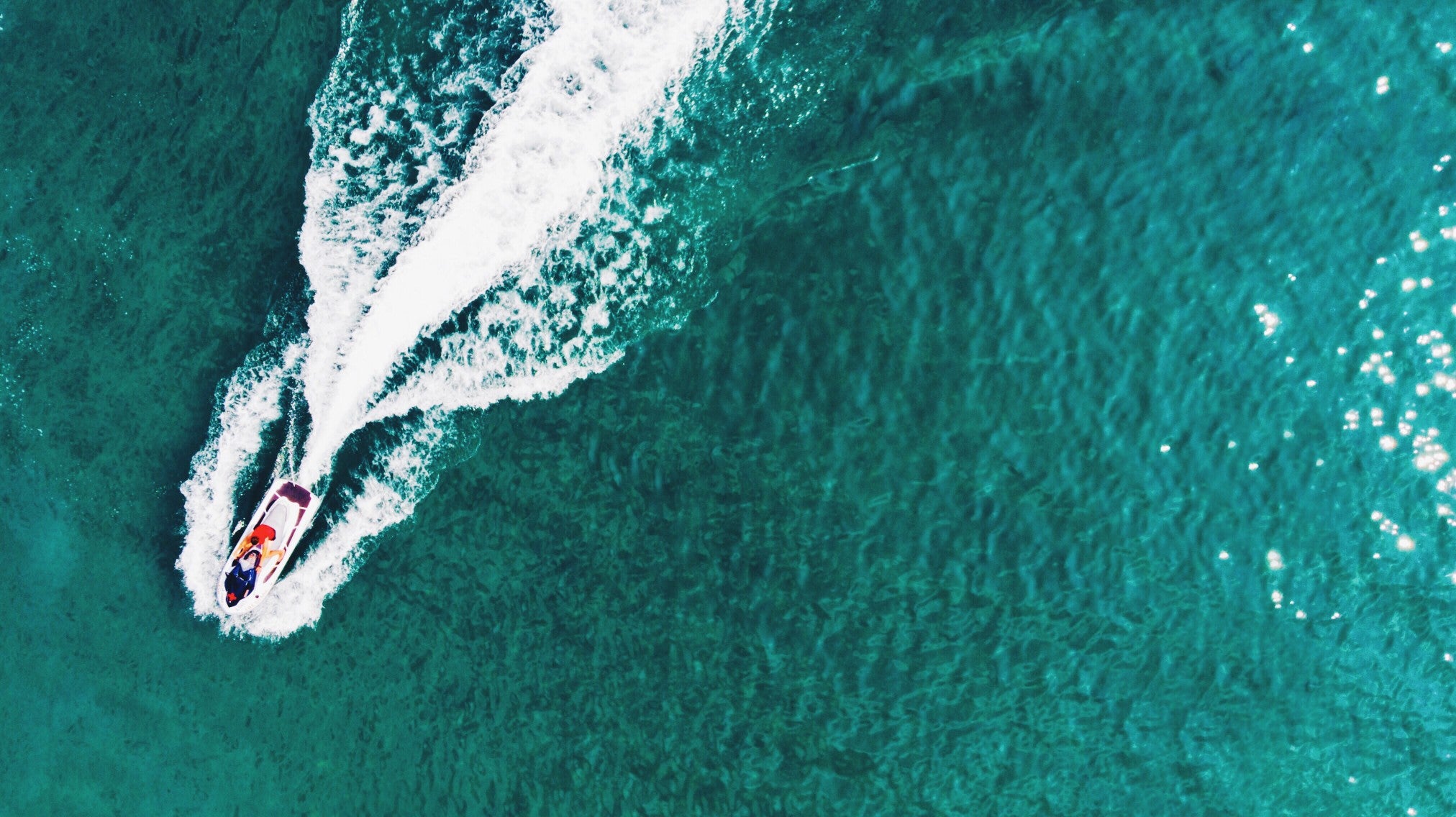
Wash is the term for the waves that a boat creates as a it moves through the water. Wash is an unavoidable (and sometimes desirable) consequence of boating. The fact it exists, however, means everybody out on the water needs to be considerate with how they're driving their boat and do their best to minimise wash wherever they can.
What influences the size of your wash?
Boat wash isn't a simple case of a certain speed creating a certain amount of wash. It depends on a number of factors including the shape of your hull, the weight of your boat, how you're driving it as well as the speed you're going and where in the planing process you are. That said, when a boat is halfway on the plane, that's when it's going to create the most wash, as that's when it displaces the highest amount of water. As such, planing as quickly as possible is often a wise strategy.
Wash is not all bad though - it's necessary for things like tubing and wakeboarding to create waves on the water. But in many other cases, as we'll see, wash is more of an annoyance.
Why is boat wash sometimes a problem?
The trouble with boat wash is that it affects more than just the person driving the boat or being towed behind it. Waves continue, sometimes for hundreds of metres, until they lose all energy or break on something. If you've ever been on a small lake with a lot of other boats, you'll know how quickly everybody's wash can start to turn what was a flat and clear lake into a patchwork of choppy waters. In particular, wash is a common culprit behind the following:
Environmental damage
In waterways where the banks are fairly sheltered and not used to natural heavy waves, wash can cause a lot of damage. Constant heavy wash can erode the banks, leaving them in much worse shape than had no boats been present.

Disrupting people
Wash can shake other peoples' boats and ruin the water's surface for people in smaller vessels.
Damaging property
In some places it only takes a little bit of turbulence to cause damage. In mooring areas, for example, too much wash can rock boats and potentially have them knocking into each other.
Watch for 'no wash' signs
There are rules and regulation around wash that you need to be aware of. Certain areas in NSW are signposted as 'No Wash' zones. In these areas, it's important you take special care to reduce your wash as much as possible, because too much could easily disturb others, damage property or harm the environment. In these areas, it's important you reduce your speed and take it slow. To minimise wash, take your engine out of gear and wait until your boat has finished creating wash - then you can slowly start moving again. It's a good idea to check behind and around you as to whether you're creating too much disruption.
But remember, even if there aren't any signs saying 'No Wash', it's still an offence to create waves that cause any danger, damage or inconvenience, according to NSW Roads and Maritime Services. While 'inconvenience' might seem a little vague, the point is basically to be considerate. Maritime Services also recommends adopting the rule of thumb whereby if the waves you're creating are larger than what you might expect in that area naturally, they're probably too large and you should endeavour to reduce them.
If you're caught making too much wash, you can be issued an on-the-spot fine of $500 or face a maximum court penalty of $5,500. So for safety and your wallet's sake, watch your wash!
If you'd like to learn more boating tips and tricks, check out some of our other articles. If you like what you see, sign up for our newsletter to get a monthly dose delivered right to your inbox!



